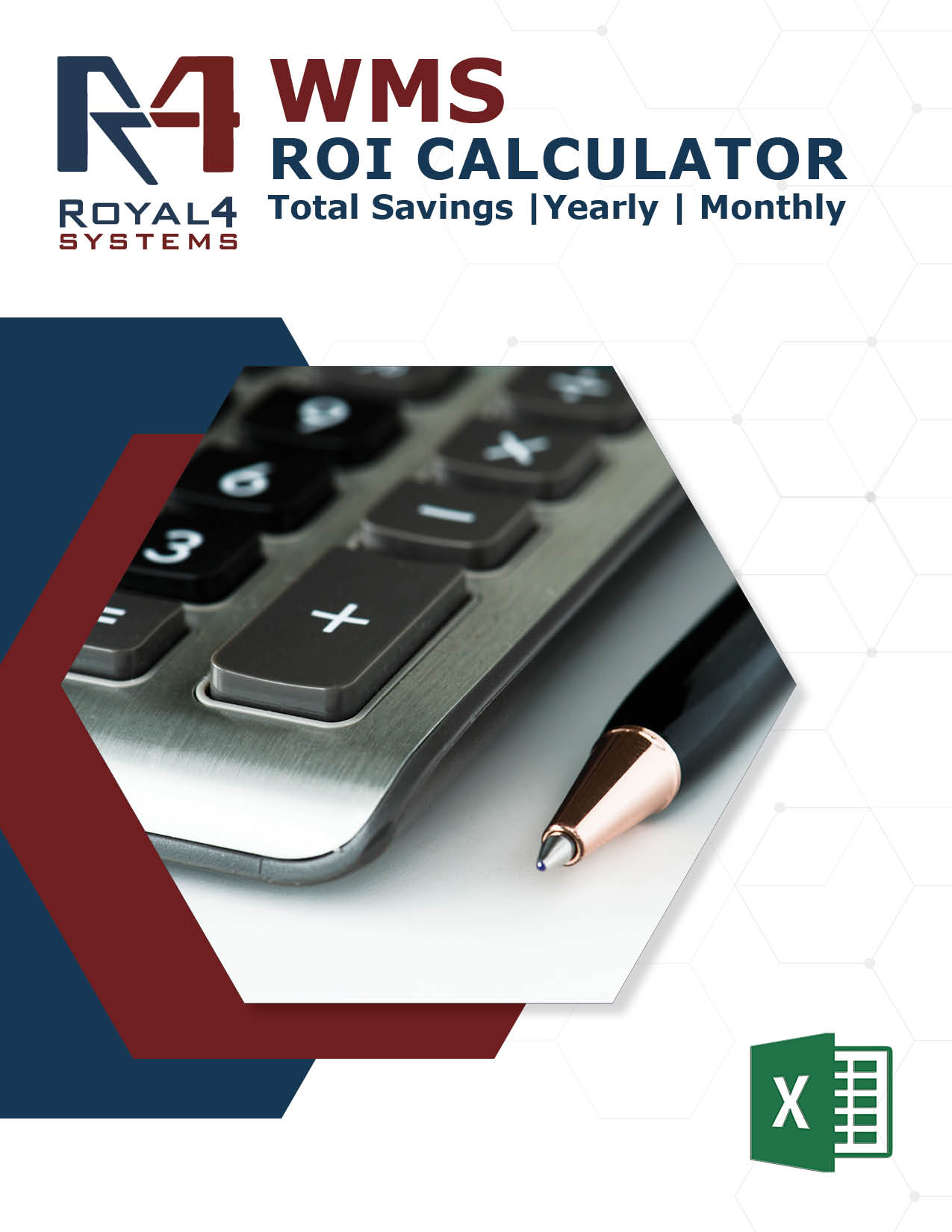
Government institutions manage a vast array of physical assets and resources. From medical supplies in hospitals to emergency response equipment and educational materials, efficient warehouse operations are crucial for delivering essential services to citizens. However, traditional, paper-based inventory management systems can be cumbersome, error-prone, and hinder optimal resource allocation. This is where Warehouse Management Software (WMS) emerges as a transformative tool for government agencies, fostering transparency, streamlining operations, and, ultimately, enhancing public service delivery.
Challenges of Traditional Inventory Management in Government Warehouses
Public sector warehouses operate under a unique set of pressures compared to their private sector counterparts. Budgetary constraints necessitate maximizing the value of existing resources, while stringent regulations demand meticulous record-keeping and verifiable audit trails. These factors create significant challenges for government warehouses relying on manual inventory management systems. Here’s a deeper dive into the specific hurdles encountered:
- Inaccuracy and Inconsistency: Manual data entry is a cornerstone of traditional systems. Unfortunately, it’s inherently susceptible to human error. Mistakes can occur during stock counting, recording incoming deliveries, or processing outgoing orders. These errors can lead to inaccurate stock level data, misplaced items scattered throughout the warehouse, and wasted staff time spent searching for missing inventory. Imagine a scenario where a critical medical supply is listed as “in stock” but misplaced due to a data entry error. This can have severe consequences for public health and patient care.
- Limited Visibility: Traditional systems do not need to provide real-time data on inventory location, movement, and expiration dates. This significantly hinders proactive inventory management. With real-time insights, it’s easier to anticipate stockouts or identify slow-moving items tying up valuable storage space. For example, a government agency managing educational materials may need to be aware of textbooks piling up in a forgotten corner while schools desperately need those same resources. Limited visibility also makes tracking the movement of sensitive or regulated items challenging, potentially creating compliance issues.
- Inefficient Picking and Packing: Traditional methods rely heavily on paper-based pick lists and manual processes for order fulfillment. Pickers navigate the warehouse with paper lists, searching for and manually selecting items. This approach could be faster, prone to errors due to mispicks or missed items, and labor-intensive. Imagine a large warehouse with thousands of items – the time wasted searching for specific items on paper lists can be significant. Additionally, these manual processes take more work to scale up during periods of high demand, potentially leading to delays in getting essential supplies to those who need them.
- Compliance Issues: Manual systems can make maintaining accurate audit trails and ensuring adherence to complex government regulations monumental. Paper-based records are simple, resistant to loss or damage, and difficult to demonstrate a transparent chain of custody for sensitive items. The lack of readily available data can make responding to audits or inquiries challenging. Non-compliance with regulations regarding storage conditions, expiration dates, or proper disposal of hazardous materials can result in hefty fines and penalties for government agencies.
- Limited Reporting and Analytics: Extracting valuable insights from inventory data is a significant challenge with paper-based systems. Data analysis often involves manual calculations and spreadsheets, which are time-consuming and error-prone. This makes it challenging to identify trends, understand usage patterns, or pinpoint areas for cost optimization. For instance, with proper data analysis, a government agency may be aware of consistently overstocked items, leading to unnecessary spending on storage and procurement.
By highlighting the specific consequences of each challenge, we paint a clearer picture of the significant impact traditional inventory management systems can have on government operations. This emphasizes the need for a more efficient and data-driven approach, paving the way for discussing the benefits of implementing Warehouse Management Software (WMS).
How Warehouse Management Software Empowers Government Agencies
Warehouse Management Software (WMS) acts as a game-changer for government warehouse operations, addressing the limitations of traditional systems and empowering agencies to deliver exceptional service. Here’s a detailed exploration of how WMS tackles each challenge and unlocks new levels of efficiency:
- Enhanced Accuracy and Control: WMS eliminates the human error inherent in manual data entry by leveraging barcoding and Radio Frequency Identification (RFID) technology. Imagine a scenario where every item in a government warehouse, from medical supplies to emergency response equipment, has a unique barcode. By scanning these barcodes with handheld devices, warehouse staff can instantly capture accurate data on stock levels, item location, and movement throughout the facility. This real-time data ensures stock accuracy, minimizes misplaced items, and allows for quick retrieval of specific supplies, saving valuable time and resources. Furthermore, RFID technology takes data capture a step further. RFID tags emit radio signals that can be detected even without a direct line of sight, enabling real-time tracking of inventory movement within the warehouse, streamlining cycle counts, and enhancing overall control over valuable assets.
- Improved Visibility and Transparency: WMS provides a centralized platform for managing all inventory data across multiple warehouses or departments. This creates a single source of truth, replacing the fragmented data landscape of traditional systems. Government agencies can gain real-time insights into stock levels for any item across any location they manage. Detailed information on inventory movement history, including receiving dates, transfers between locations, and outgoing shipments, becomes readily available. Additionally, WMS can track expiration dates for critical supplies, allowing for proactive management and preventing stockouts of essential items. This enhanced visibility empowers government agencies to anticipate needs, optimize inventory allocation across departments, and ensure the proper supplies are available at the right time, ultimately leading to improved service delivery.
- Streamlined Picking and Packing: WMS replaces paper-based pick lists with digital workflows, optimizing picking routes and processes for maximum efficiency. Picking tasks are assigned electronically, often utilizing features like pick-to-light technology. Imagine a warehouse where pickers are guided by illuminated zones that indicate the location and quantity of each item required for an order. This eliminates the time wasted searching for items on paper lists and minimizes picking errors. WMS can also optimize picking routes based on item location within the warehouse, further reducing picking times and labor costs. By streamlining the picking and packing process, WMS ensures faster order fulfillment, gets essential supplies into the hands of those who need them quickly and reduces overall operational costs.
- Simplified Compliance Management: Maintaining audit trails and adhering to stringent government regulations becomes a breeze with WMS. The software automatically captures a complete record of inventory movement, including receiving information, storage locations, and outgoing shipments. This creates a transparent chain of custody for all items, simplifying audits and ensuring compliance with regulations. Additionally, WMS can trigger alerts for expiring items, ensuring timely stock rotation and adherence to proper disposal protocols for hazardous materials. By automating these tasks and providing readily available data, WMS empowers government agencies to navigate the complexities of regulatory compliance confidently.
- Data-Driven Decision Making: WMS empowers data-driven decision-making by generating comprehensive reports and analytics on inventory levels, usage patterns, and procurement trends. Imagine analyzing historical data to identify items with consistently low or high demand. This empowers government agencies to optimize purchasing strategies, avoid unnecessary stockpiling, and ensure they have the right resources to meet citizen needs. Furthermore, WMS can identify areas for cost reduction by analyzing factors like storage space utilization and identifying opportunities for space optimization. By leveraging the power of data analytics, government agencies can make informed decisions about resource allocation, procurement strategies, and overall inventory management, leading to significant cost savings and improved efficiency.
Benefits of WMS Implementation for Government Agencies
The advantages of implementing WMS extend far beyond just warehouse efficiency. Here’s how government institutions can benefit:
- Cost Savings: Reduced labor costs associated with picking, packing, and inventory management, coupled with minimized stockouts and overstocking, lead to significant cost savings.
- Improved Service Delivery: Timely access to accurate inventory data ensures that essential supplies and equipment are readily available, directly impacting service delivery to citizens.
- Enhanced Transparency and Accountability: Real-time data and accurate audit trails foster greater resource allocation and utilization transparency, improving public trust and accountability.
- Disaster Preparedness: Improved inventory visibility allows government agencies to proactively prepare for emergencies by ensuring critical supplies are readily available and efficiently distributed during disaster response efforts.
- Better Decision Making: WMS’s data-driven insights empower government agencies to optimize resource allocation, streamline procurement processes, and make informed decisions that enhance overall efficiency.
Critical Considerations for Government WMS Selection
Selecting the right WMS solution requires careful consideration of specific agency needs. Here are some key factors to evaluate:
- Scalability: The chosen WMS should accommodate future growth and evolving inventory requirements.
- Security: Government agencies handle sensitive data. Robust security features within the WMS are essential to protect sensitive information.
- Compliance: The WMS must comply with relevant government regulations and data security and record-keeping standards.
- Integration: Seamless integration with existing government IT systems is crucial for efficient data exchange and streamlined workflows.
- User-Friendliness: Intuitive interfaces and user-friendly features ensure smooth adoption by staff with varying levels of technical expertise.
Investing in a WMS solution tailored to a government agency’s specific needs can yield significant benefits. From cost savings and improved service delivery to enhanced transparency and disaster preparedness, WMS empowers government institutions to optimize resource management and, ultimately, better serve their citizens.
Request a Consultation
Need more information?
Solutions






![image001[25]](https://www.royal4.com/wp-content/uploads/2023/11/image00125.png)